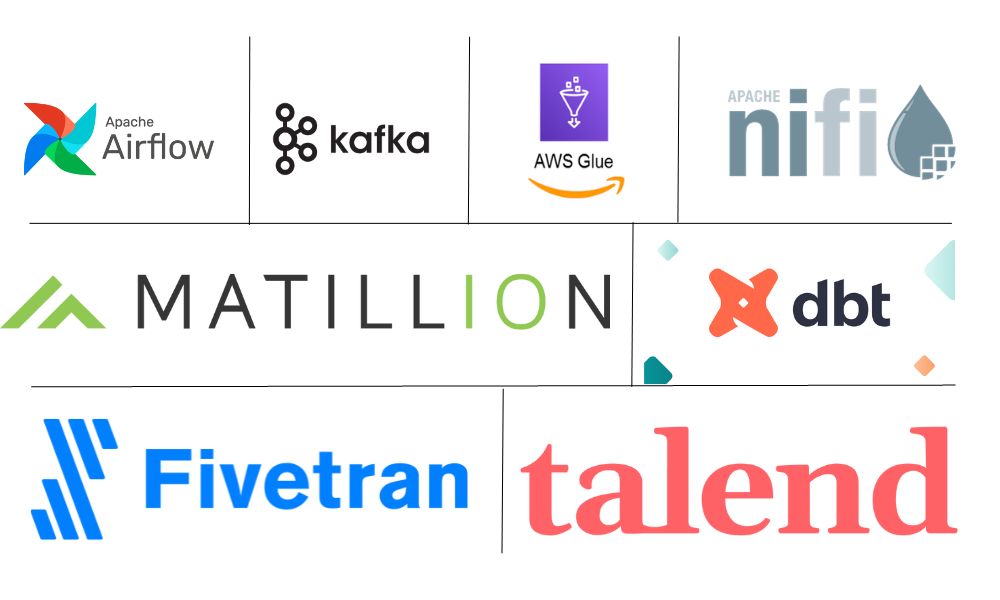
In today’s data-driven landscape, where information reigns supreme, businesses are seeking ways to harness the power of data for informed decision-making. This insatiable thirst for insights has given rise to the prominence of data pipelines, which serve as the circulatory system of an organization’s data ecosystem. In this digital era, where data flows ceaselessly from various sources, data pipelines play a pivotal role in ensuring that this influx of information is seamlessly collected, transformed, and delivered to its intended destinations. This blog covers the best data pipeline tools available today.
Choosing the best data pipeline tool has become paramount for enterprises looking to thrive in this data-centric environment. The tool you select can make or break your data integration and processing efforts. A well-chosen data pipeline tool can streamline operations, reduce bottlenecks, and empower your organization with the timely, high-quality data needed for strategic decision-making. Conversely, an ill-fitted tool can lead to data silos, inefficiencies, and missed opportunities.
In this comprehensive guide, we journeyed through the ever-evolving landscape of best data pipeline tools. We’ve curated a selection of the best data pipeline tools available today, each with unique strengths and capabilities. Whether you’re a seasoned data professional or just dipping your toes into the world of data integration, this list will serve as your compass, helping you navigate the intricate terrain of the best data pipeline tools. Join us as we explore the best options to power your data-driven endeavors and unlock the full potential of your data assets.
DBT – Data Build Tool
DBT, or Data Build Tool, is an open-source data transformation and modeling tool for modern data analytics. It helps data professionals build, test, and deploy analytics code in a structured and version-controlled manner. DBT is often used in data warehouses like Snowflake, BigQuery, and Redshift to transform raw data into a format suitable for analysis.
Key features of DBT include:
DBT is particularly popular among data analysts, engineers, and data scientists in modern data analytics and data warehousing. It promotes best practices for data transformation and makes it easier to collaborate on data projects.
Talend
Talend is a comprehensive data integration and transformation platform that simplifies the process of connecting, transforming, and managing data across various sources and destinations. It offers a user-friendly interface & supports both open-source and commercial versions, making it accessible to many users.
Key features of Talend include data extraction, transformation, and loading (ETL), data quality management, and support for various data formats and systems. It provides connectors and components for integrating with databases, cloud services, big data platforms, and more. Talend also emphasizes collaboration and teamwork, allowing multiple users to work on data integration projects simultaneously.
Talend is a versatile tool that helps organizations efficiently handle their data integration and transformation needs, enabling better data-driven decision-making and analytics.
AWS Glue:
AWS Glue is a fully-managed Extract, Transform, and Load (ETL) service by Amazon Web Services. It simplifies the process of building, managing, and running ETL jobs for processing and preparing data for analytics. AWS Glue is particularly well-suited for data integration tasks in cloud-based environments.
Key features of AWS Glue include:
Vikrant Chavan is a Marketing expert @ 64 Squares LLC having a command on 360-degree digital marketing channels. Vikrant is having 8+ years of experience in digital marketing.
View all posts
Telecom fraud has become a significant challenge for service providers

GENERATIVE AI FOR FRAUD DETECTIONFraud is an escalating issue in today